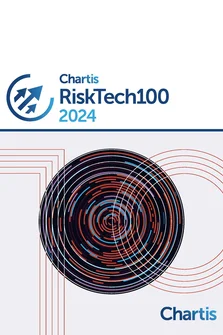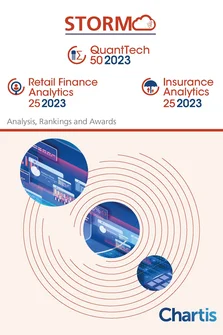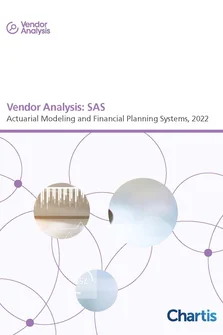<p>Financial institutions have been doing a certain amount of soul searching as they reshape themselves to meet market and regulatory challenges post-Credit Crunch. The last two years' economic turbulence, which saw many financial institutions fail and others bailed out, also exposed the weaknesses in current risk management and trading IT infrastructures. So while some financial institutions are revisiting their approach for risk taking, they are also rethinking the IT infrastructure supporting their trading and risk management activities.</p>
<p>In theory, institutions would like to move away from their silo-based risk management and front office trading IT systems to a unified IT architecture. Such an architecture would permit them to respond to regulatory demands for new risk reports, meet board-level scrutiny of model risk and be nimble enough to make changes to address unique problems that arise on the trading floor intraday. Most of all, institutions want a transparent system that delivers the right data to the right people at the right time and can support new instruments quickly.</p>
<p>To date, it has been virtually impossible to achieve a unified architecture. What institutions have found is no one risk management technology vendor can meet their complex needs with a single solution. Institutions, particularly the largest and most sophisticated, are faced with the monumental task of building proprietary risk management systems using a combination of vendor-provided and bespoke solutions. Firms that have embarked on these massive projects quickly realized there is no proprietary value in building these systems. Many such projects have been abandoned and firms are left with their legacy systems based on business-specific silos with a few modifications.</p>
<p>This paper will argue that a complete rethink of the architecture and technological infrastructure underpinning risk and trading analytics is needed to deliver the results required by complex trading firms. It examines the traits common to most risk and trading analytics infrastructures currently used and discusses the key requirements needed to achieve a unified architecture.</p>
<p>Open architecture is fundamental to the unified approach. This paper will demonstrate how an infrastructure using open architecture and open source principles is better positioned to succeed than traditional black box vendor-provided solutions. It will show how open architecture and open source can lend themselves to the creation of risk and trading analytics systems that are transparent and adaptable. Once integrated, this architecture can then be leveraged to support almost any business-specific requirements of all internal and external stakeholders.</p>
<p>The unified approach to risk and trading analytics using an open architecture will be of interest to hedge funds, derivatives trading firms, investment banks, corporate treasury desks, energy traders and insurance companies.</p>
Only users who have a paid subscription or are part of a corporate subscription are able to print or copy content.
To access these options, along with all other subscription benefits, please contact info@risk.net or view our subscription options here: http://subscriptions.risk.net/subscribe
You are currently unable to print this content. Please contact info@chartis-research.com to find out more.
You are currently unable to copy this content. Please contact info@chartis-research.com to find out more.
Copyright Infopro Digital Limited. All rights reserved.
You may share this content using our article tools. Printing this content is for the sole use of the Authorised User (named subscriber), as outlined in our terms and conditions - https://www.infopro-insight.com/terms-conditions/insight-subscriptions/
If you would like to purchase additional rights please email info@chartis-research.com
Copyright Infopro Digital Limited. All rights reserved.
You may share this content using our article tools. Copying this content is for the sole use of the Authorised User (named subscriber), as outlined in our terms and conditions - https://www.infopro-insight.com/terms-conditions/insight-subscriptions/
If you would like to purchase additional rights please email info@chartis-research.com


